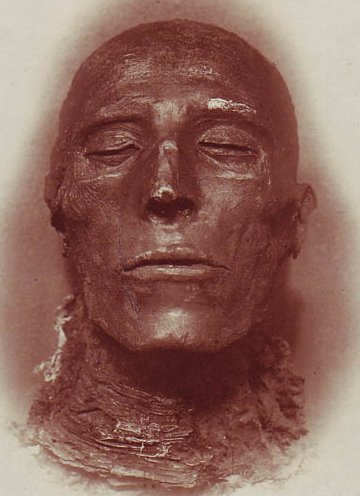
Pioneering silent film director, Louis Feuillade rose to prominence with his stylish 1913 serial,
Fantomas which faithfully adapted five of Pierre Souvestre and Marcel Allain’s bestselling pulp thrillers. Feuillade next succeeded in fashioning an enthralling original story based around the Apache street gang which figured prominently in the
Fantomas series.
Les Vampires are led by the vampish Irma Vep, played by the exotic Musidora (France’s answer to Theda Bara). The 1915 serial was hugely successful and was a highly influential work in its day. Feuillade was tasked with the challenge of trying to follow up these two successes with a third commercial property.
Responding to the criticism that his films glorified crime and violence, Feuillade turned to author and playwright Arthur Bernede for help. Together they crafted a pulp vigilante dressed in a dark cloak with his face partially obscured by a slouch hat.
Judex, Latin for “judge,” fought crime with his loyal brother, Roger and a menagerie of amazing beasts and an assortment of colorful companions by his side. These and Judex’s gadget-filled secret lair and private plane had a tremendous influence on the burgeoning pulp fiction market in England and America.
The influence on
The Shadow is obvious, but the band of strangely gifted companions likely inspired both
Bulldog Drummond and
Doc Savage as well. Rene Creste (France’s answer to Rudolph Valentino) essayed the memorable title role in the serial. Irma Vep of
Les Vampires is the clear inspiration for Judex’s vampish enemy, Diana Monti and quite likely inspired Bulldog Drummond's vampish enemy, Irma Peterson. Musidora played both Irma Vep and Diana Monti in the Feuillade serials. Miss Monti is the fiancée of Judex’s archenemy, Favraux while Irma Peterson is the wife of Bulldog Drummond’s archenemy, Carl Peterson. As always, half the fun of pulp fiction of the first half of the last century is spotting the influences that thread their way through the narratives.
TO CONTINUE READING THIS ARTICLE, PLEASE VISIT
HERE.







.jpg)